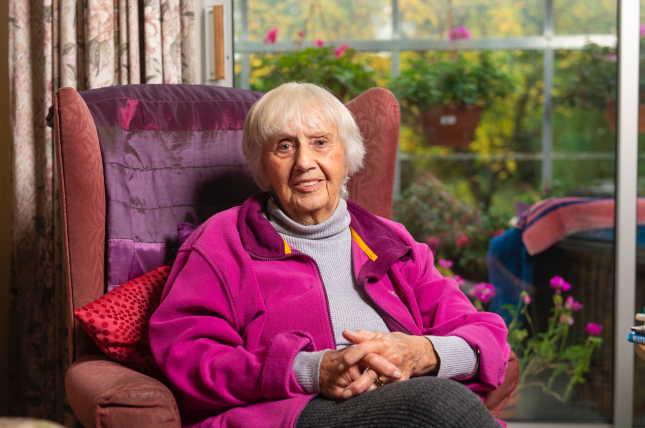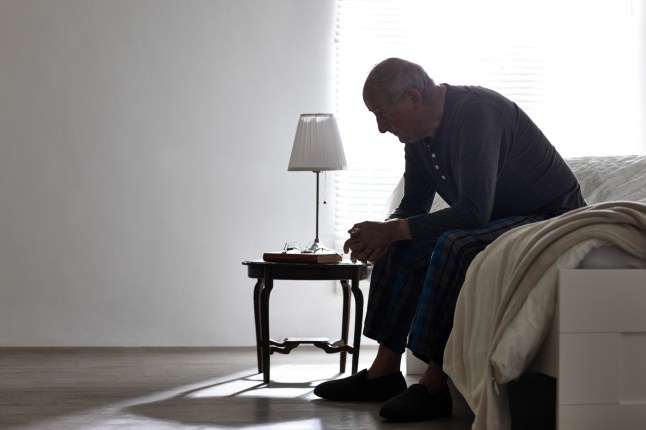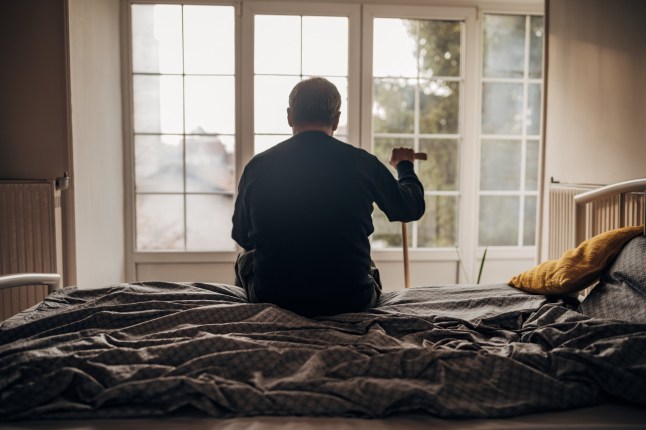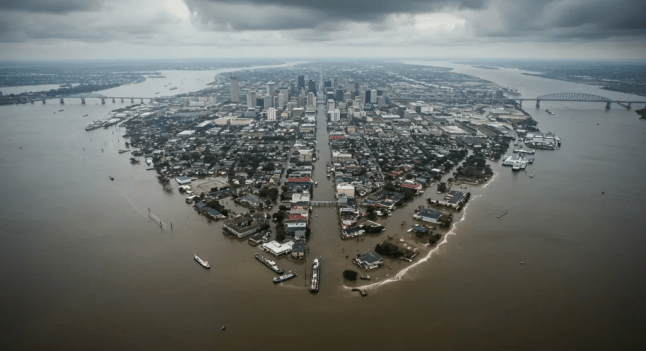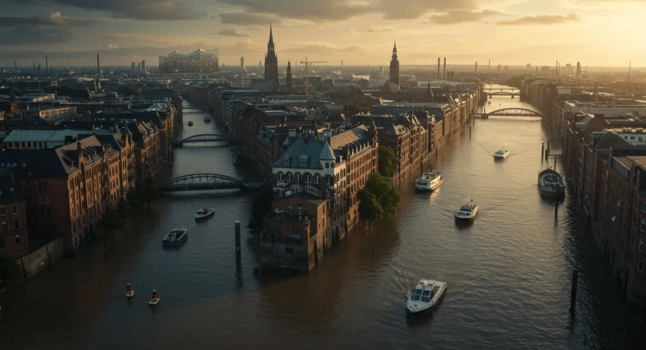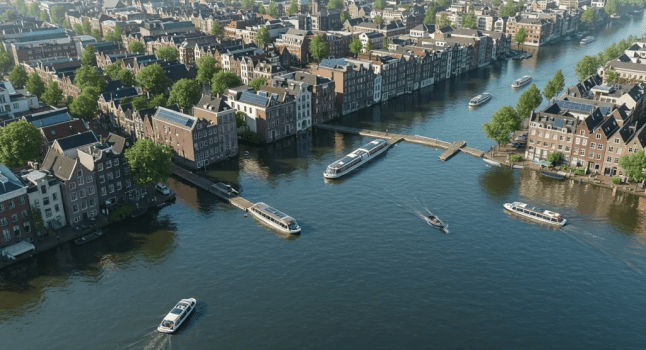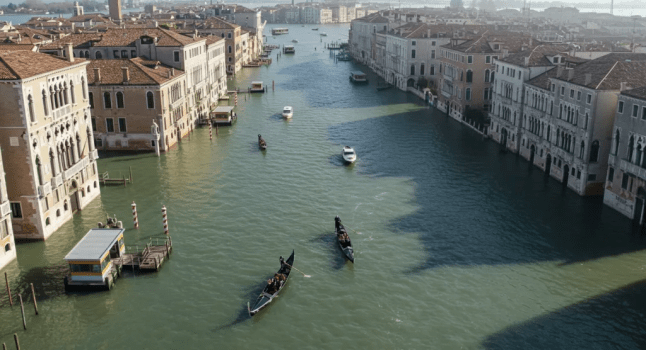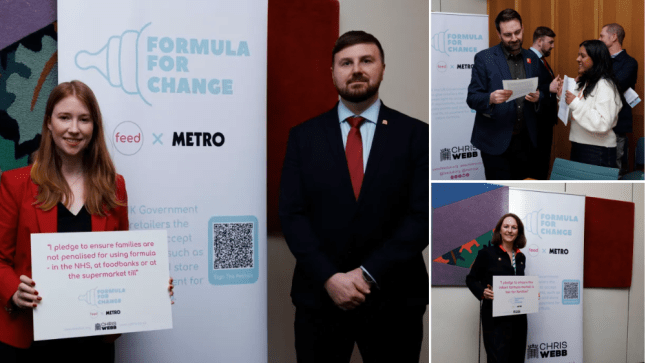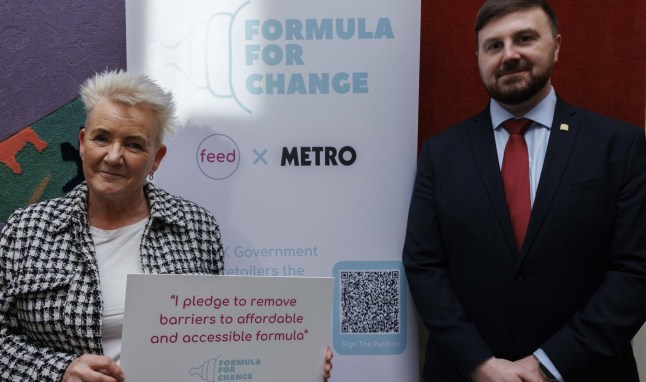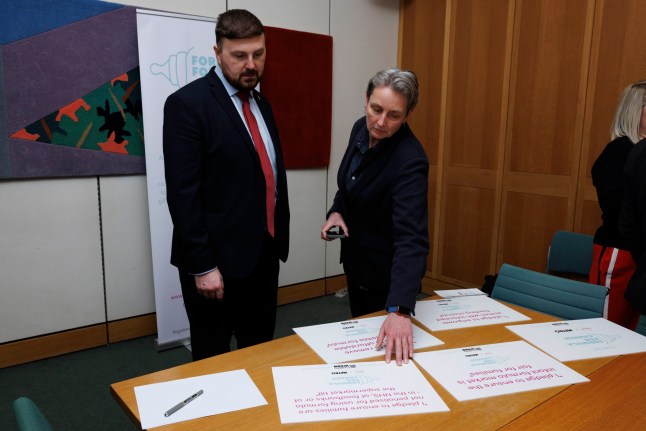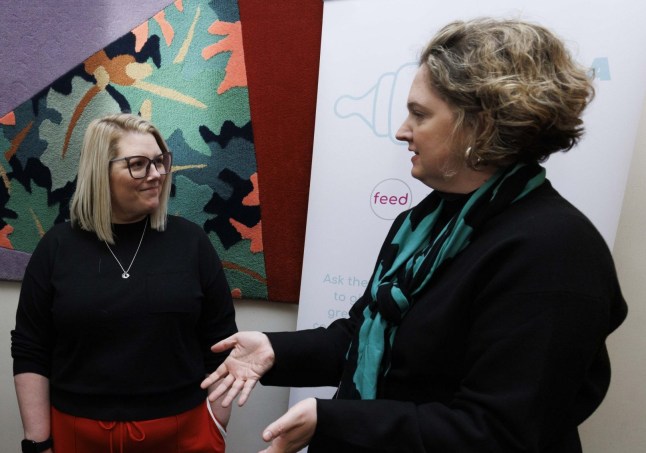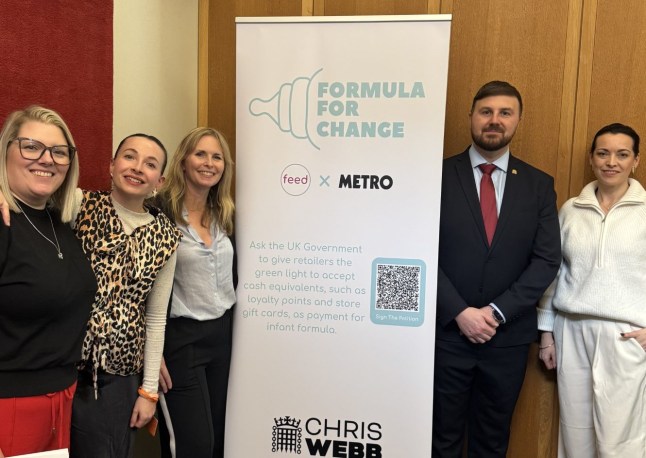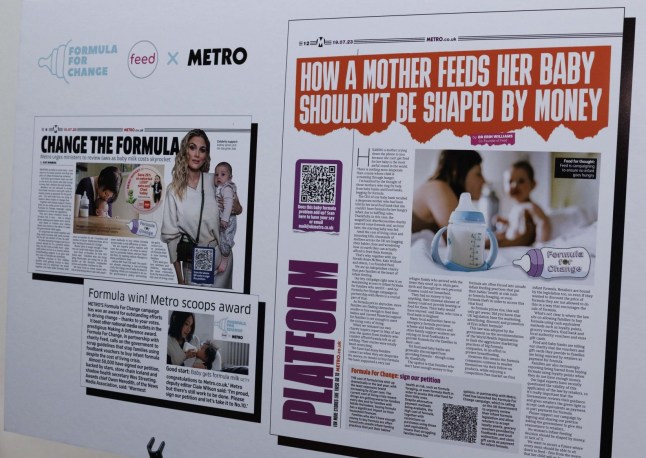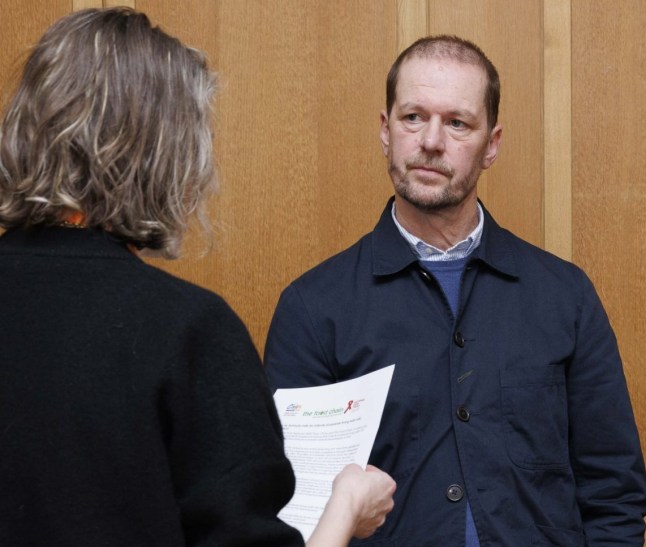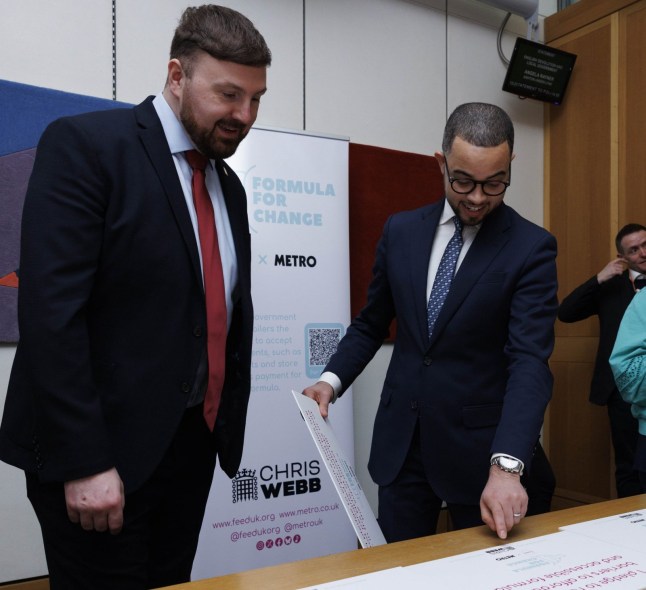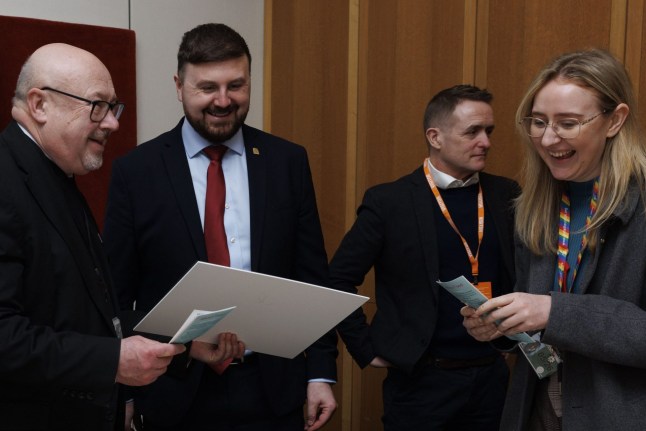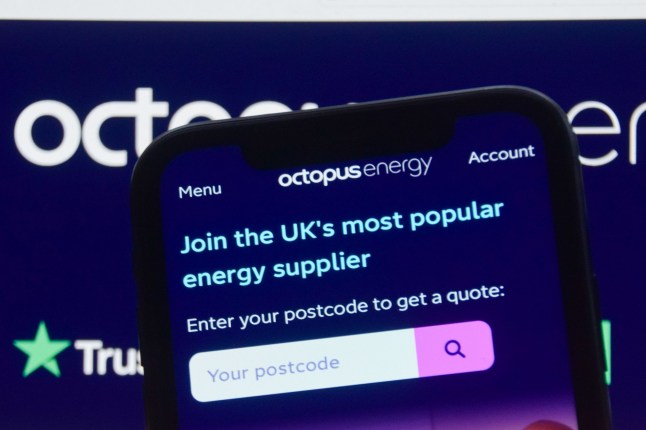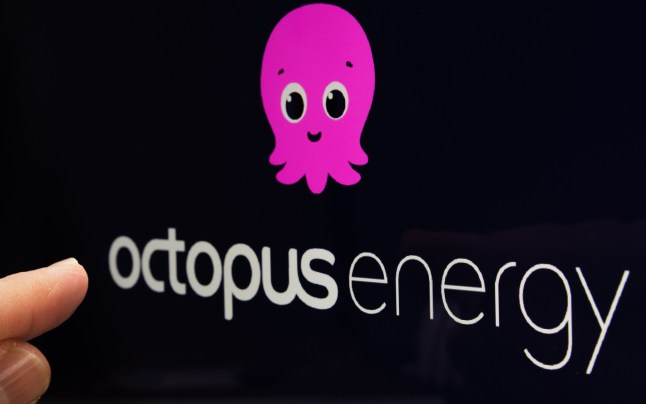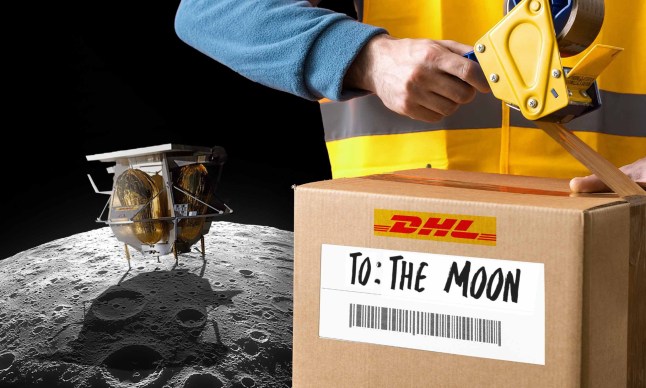
Space exploration should be for all countries and for the benefit of all mankind.
More or less, that’s what the Outer Space Treaty says, which was signed in 1967 and is the basis of the laws governing what we can do there.
Reach out to aliens? Yes, if they exist. Claim Mars as the 51st US state? No.
Send a package of any non-hazardous, inert item that you can fit in a capsule to the Moon via delivery company DHL? Yes, apparently.
This is quite different from the first mission to the Moon, although it would be one giant leap for commercial packaging services.
For a starting price of £407, ‘this is your unique opportunity to commemorate your graduation, holiday, wedding, child’s birth, or loved one’s memory with a lasting symbol’ which will ‘be stored on the Moon for centuries to come’.
Anything can be sent, as long as it fits and isn’t on the list of banned substances (no weapons, radioactive waste, batteries, or human material – though hair and teeth are okay).
To view this video please enable JavaScript, and consider upgrading to a web
browser that
supports HTML5
video
The company suggested meaningful items like an heirloom ring, a family photo, or cufflinks.
That didn’t stop DogeCoin fans from paying to send a physical token up there, though, which they hoped would send the cryptocurrency’s value rocketing too.
Astrobotic CEO John Thornton told FOX in 2022: ‘We even have some pet hair from a family pet that passed. It’s all sorts of different things that individuals like you and I can send up to the surface, and that’s the very first time that is possible.’
The company justifies the venture by saying profits help to fund scientists, explorers, and other pioneers who will ‘expand human activity in space’.
But space law expert Fabio Tronchetti told Metro that he’s not convinced.
‘It’s a way to get money rather than this grand goal of exploring and understanding the Moon,’ he said.
‘It’s not really contributing in any form to exploring. It’s simply placing stuff there.’
He thinks this kind of commercialisation of space is moving away from the founding principles of space exploration.
And with everything we’re sending up there, space is getting kind of cluttered.
Space junk has been a concern for a while, with so many old satellites, pieces of rocket, and even Elon Musk’s car orbiting up there that there’s a risk of collisions, or interference with scientific observations.
What are we launching up there?
Aside from the rockets, boosters, landers, satellites, and assorted spacecraft, here are some of the stranger things humans have launched into space:
- Human ashes
- A Tesla Roadster electric car
- Lego
- DOGE coin
- Hair of US presidents
- Human teeth (at least, this is on the list of permitted substances)
- Tardigrades
- Dinosaur bones
- Jellyfish
- Gorilla suit
- Pet hair
- Crispy crust salami pizza: an extra salty pizza was delivered to the ISS in 2001 at a cost of around a million dollars. It was eaten by Russian cosmonauts for a Pizza Hut advert (Nasa astronauts were banned from participating in marketing stunts, so didn’t get any).
Astrobotic’s Peregrine lunar lander carried 151 Moon Boxes into space last year, as well as the ashes of dozens of some 70 people.
The keepsakes ultimately didn’t reach the lunar surface, due to the craft burning up over the Pacific Ocean.
But this wasn’t the last chance to send your old Polly Pockets or pebbles up to the big rock in the sky; the company is now taking orders for spots aboard Griffin Mission One, launching in 2025.
If they arrive, the keepsakes will remain there with the lander indefinitely, unless future generations decide to mount a clean-up operation.
‘It’s very cold on the Moon so nothing happens,’ Dr Tronchetti explained. ‘It will just stay there.’
He is not the only person to raise concerns about exactly why we need to make space a storage facility.
The Navajo Nation released a statement criticising the launch of human remains to the Moon in 2023, urging a rethink to avoid what they saw as blasphemy to a sacred celestial object.
President Buu Nygren said in a statement that the Moon is ‘an object of reverence and respect.
‘The act of depositing human remains and other materials, which could be perceived as discards in any other location, on the Moon is tantamount to desecration of this sacred space.’
Of course, the ill-fated Peregrine landed launch wasn’t the first time humans sent things into space which aren’t strictly necessary.
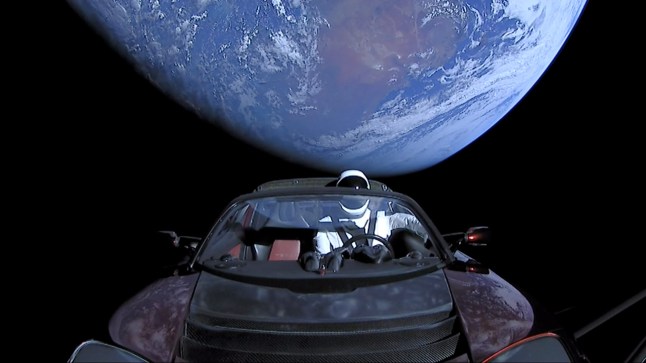
When countries managed to reach the ‘frontier’ of space, they often left something behind as a mark of their achievement, such as the golden olive branch from Apollo 11.
There are even currently three Lego mini-figures orbiting Jupiter, inside the Juno spacecraft.
But Dr Tronchetti said these types of culturally meaningful objects chosen for the benefit of all are different a customer just paying for something ‘for personal pleasure’.
He asked: ‘What is the purpose of just having stuff placed on the Moon?
‘There are other ethical implications. The stuff will remain there for who knows how long. They’re just going to pollute the environment of the Moon, so is it ethical?’
Moon missions currently being planned focus on its South Pole, as there is water there in the form of ice, which could make it an important staging post on our way to Mars.
With US, Indian, and Chinese missions all targeting this area, there is the potential for its pristine environment to get much more messy.
Some suggest that heritage sites could be created on the Moon to preserve its historic regions, such as the site of the Apollo landing.
But if the US did this for that site, other countries may seek the same approach, which could lead to wide areas of it being closed off. This would be a problem legally, because appropriating the Moon for a particular country is forbidden by international law.
Dr Tronchetti said the Moon Box programme is part of a wider trend to commodify space which started with people ‘buying’ stars, although a star cannot really be owned.
‘There are all sorts of things that go beyond what space activity should be,’ he said.
Get in touch with our news team by emailing us at webnews@metro.co.uk.
For more stories like this, check our news page.

